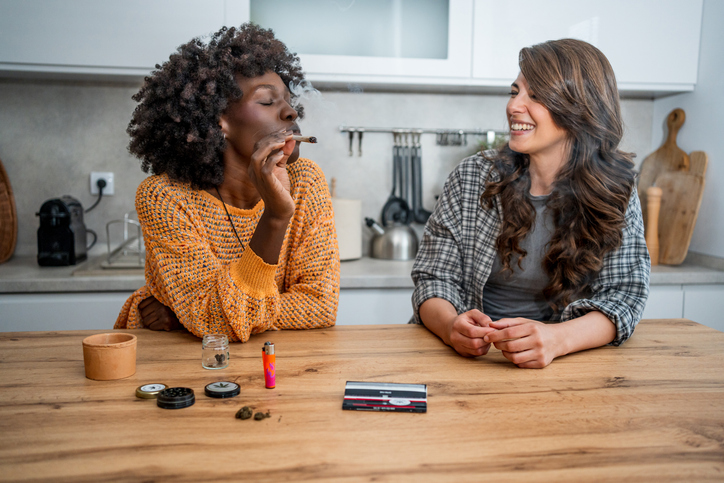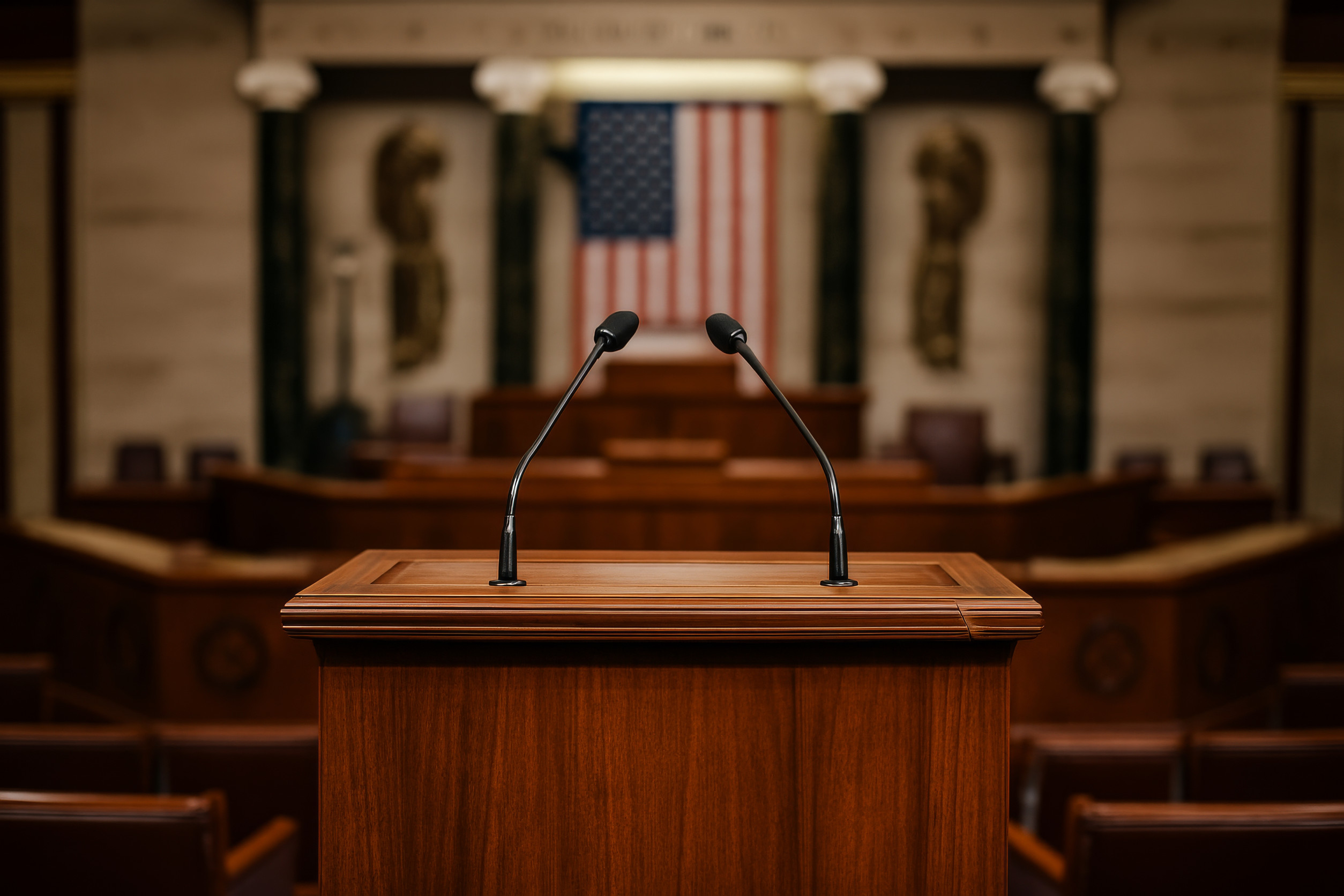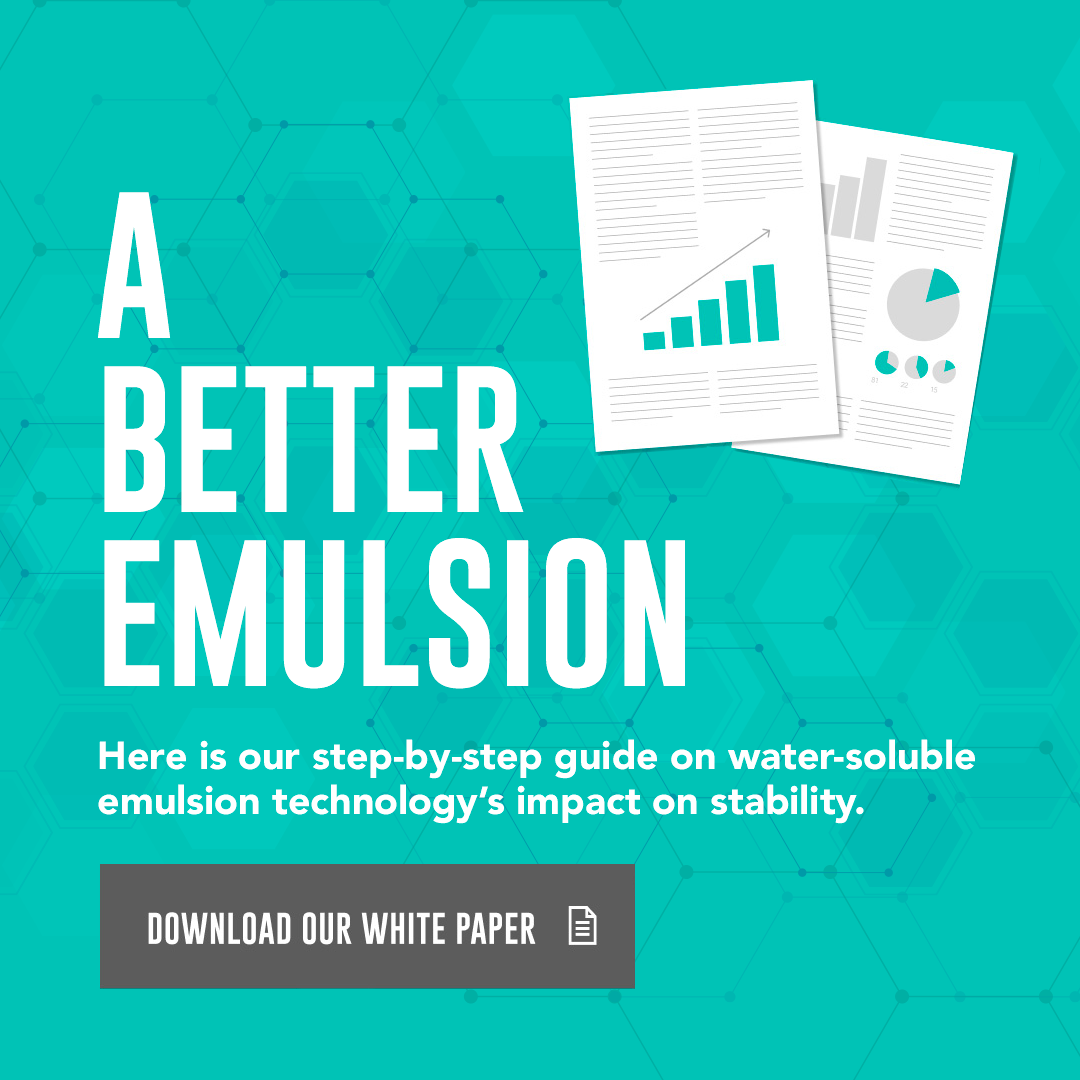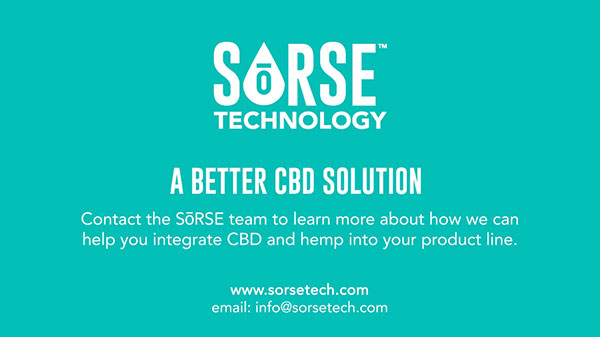Why you’re seeing more low-dose cannabis beverages in liquor stores
When the 2018 Farm Bill passed, it defined hemp federally as cannabis sativa L with a Delta-9 THC concentration of no more than .3%. That federal dosing guide didn’t immediately send beverage brands rushing to create low-dose cannabis drinks. Instead, cannabis brands stayed in their lane, creating higher-dose cannabis beverages sold in dispensaries in states that had legalized such. And alcohol brands stayed in their lane, continuing to sell alcoholic beverages.
However, after pandemic lockdowns ended and people rushed back to congregate in bars, grocery and liquor store sales dropped and haven’t recovered. According to Reuters, “Overall U.S. beer volumes fell nearly 6% through May of [2025], according to the Beer Institute. Volumes of spirits and wine sold in the same time period have declined by 5.6% and 9%, respectively, according to the Wine & Spirits Wholesalers of America.”
This has several big alcohol brands eying low-dose hemp-based beverages, which are currently being sold in liquor stores across the United States and provide higher margins than beer. Jon Halper, CEO of Minnesota liquor store chain Top Ten Liquors, told Reuters in June that THC beverages now make up 15% of his business after the company introduced them two years ago.
How cannabis formulation differs from alcohol
With these changes, the nascent low-dose (.3% max) cannabis drink market represents an exciting space for established alcohol and beverage brands looking to diversify their offerings—and possibly reap higher margins.
However, unlike traditional alcoholic beverages where consistent percentage-by-volume (ABV) is a well-established standard, ensuring precise, consistent dosing in cannabis beverages presents a unique set of scientific and regulatory challenges. For new brands, especially those with a long history in the alcohol industry where a specific percentage of alcohol by volume is the norm, the complexities of achieving reliable cannabinoid potency might present a stumbling block.
This article is a primer for alcohol and beverage producers curious about the cannabis space. In it, I will outline the science behind achieving consistent potency in hemp beverages.
A quick science lesson in achieving consistent cannabis potency
The first fundamental difference to grasp is the inherent nature of cannabis compounds compared to alcohol. Ethanol, the active ingredient in alcoholic beverages, is a relatively stable and water-soluble molecule that distributes evenly throughout a liquid solution. This predictability allows for precise and consistent ABV levels in every batch and every serving.
Cannabinoids such as THC and CBD, however, are fat-soluble and hydrophobic, meaning they do not naturally mix well with water, the primary component of most beverages. This poses a significant hurdle when trying to create homogenous cannabis-infused drinks. Without sophisticated formulation and processing techniques, cannabinoids can separate or conjoin in the beverage, leading to inconsistent dosing between different batches, individual cans or bottles, and even within a single serving. One sip might contain a small amount of cannabinoids, while the next could deliver a disproportionately high dose—something that is not a concern with alcohol production.
The risks of inconsistent dosing
When cannabis drinks have inconsistent dosing, it creates problems for everyone involved—both the people drinking them and the brands making them. Some of those hazards include:
- An unpredictable experience for the consumer: The most immediate impact of inconsistent dosing is on the consumer because it can lead to unpredictable and potentially negative experiences. A consumer expecting a mild effect might inadvertently consume a much higher dose, which could result in feelings of anxiety, paranoia, or other adverse reactions. Conversely, a beverage with significantly lower potency than labeled will disappoint consumers and erode trust in the product. With beverages available in dispensaries, budtenders could and would advise based on consumer experiences.
However, with low-dose cannabis beverages sold in liquor stores, consumers have expectations similar to that of an alcoholic beverage: a predictable, repeatable experience when consuming.
- Safety concerns: Inaccurate labeling and inconsistent dosing raise safety concerns. Consumers rely on accurate potency information to make thoughtful decisions about their consumption, especially those who are new to cannabis or using it for medicinal purposes. Mislabeling can lead to accidental overconsumption and potential harm.
- Regulatory scrutiny and legal ramifications: Because the cannabis industry is heavily regulated, accurate labeling and consistent dosing are often key compliance requirements. Brands that don’t meet these standards can face potential fines, product recalls, and even legal action from either consumers or the government or both.
- Impact on brand reputation: In a competitive infused beverage market, reliability and consistency are crucial for building a loyal customer base. Inconsistent products erode consumer trust and can negatively impact a brand’s reputation. A consumer’s unpleasant experiences due to inaccurate dosing—even from just a single experience—can spread quickly through word-of-mouth and online reviews, which can hinder a brand’s growth and long-term success.
How alcohol brands can ensure consistent dosing in low-dose beverages
For beverage and alcohol producers entering the low-dose cannabis drink market, understanding and implementing strategies for achieving precise, consistent dosing is paramount.
Here are six facets of cannabis beverage production to explore and understand on your journey to formulate a tasty, safe, and stable drink, as well as where to find out more:
- Emulsion technology: This is a cornerstone of modern cannabis beverage production. Emulsification involves breaking down cannabinoid oils into extremely tiny droplets or particles and encapsulating them with an emulsifier. This process dramatically increases the surface area of the cannabinoids, allowing them to disperse evenly and remain suspended in the water-based beverage. Emulsions improve bioavailability (how quickly and effectively the body absorbs the cannabinoids) and contribute significantly to dose consistency. To get started, read this post on emulsion technology.
- Water-soluble cannabinoids: While technically often achieved through emulsification, it’s crucial to source or create cannabinoid formulations that are specifically designed to be water compatible. These formulations ensure that the cannabinoids integrate seamlessly into the beverage formulation rather than separating or creaming. Find out more about water soluble cannabinoids here.
- Rigorous quality control and testing: Implementing a strong quality control program from emulsion through packaged product is critical. This includes:
- Testing incoming material: Verifying the potency, purity, homogeneity, and stability of all cannabis extracts and ingredients used in production.
- Testing in process: Regularly testing samples at various stages of production to ensure that the cannabinoid concentration is within the target range.
- Testing the final packaged product: Conducting thorough testing of finished batches by a certified third-party laboratory to confirm accurate potency and label claims before products reach the market. For more information on testing emulsified products for stability, download the stability whitepaper.
- Precise formulation and batching: Careful attention to detail in the formulation stage is very important. Implementing standardized batching procedures and carefully documenting each step helps maintain consistency across production runs.
- Packaging considerations: The packaging itself can play a role in maintaining consistency. Opting for opaque or UV-resistant packaging can help protect the cannabinoids from degradation due to light exposure, which can affect potency over time. Can and bottle liners can leech or “scalp” potency from the beverage. For more information, read the blog post on The Challenge of scalping in infused beverages and how to mitigate it.
- Stability testing: Conducting stability tests on the finished product under various storage conditions (temperature, light exposure) helps to determine the shelf life and identify any potential degradation or separation issues that might affect dosing accuracy over time.
Learning from alcohol, adapting for cannabis
Here’s the bottom line: making consistent cannabis beverages isn’t quite the same as brewing beer or packaging canned cocktails, but the core principles—quality control, getting your formulations right, and keeping people safe—is all the same playbook.
If you’re coming from the alcohol world, you’ve already got a huge head start. You know how to scale production, you understand quality standards, and you’ve dealt with regulators before. The trick is understanding how cannabis emulsions behave differently and being willing to invest in the science and tech you’ll need to ensure consistent dosing of no more than .3% THC every single time.
Create a stable, tasty, and safe cannabis low-dose beverage, and you’re golden. Consumers will come to trust and recommend your brand, and you’ll have nothing to fear from regulators.
I created this guide as a launching pad, not your final destination. This market moves fast, so stay curious, keep learning, and never compromise on quality or safety. Your future customers—and the industry as a whole—will thank you for it.





